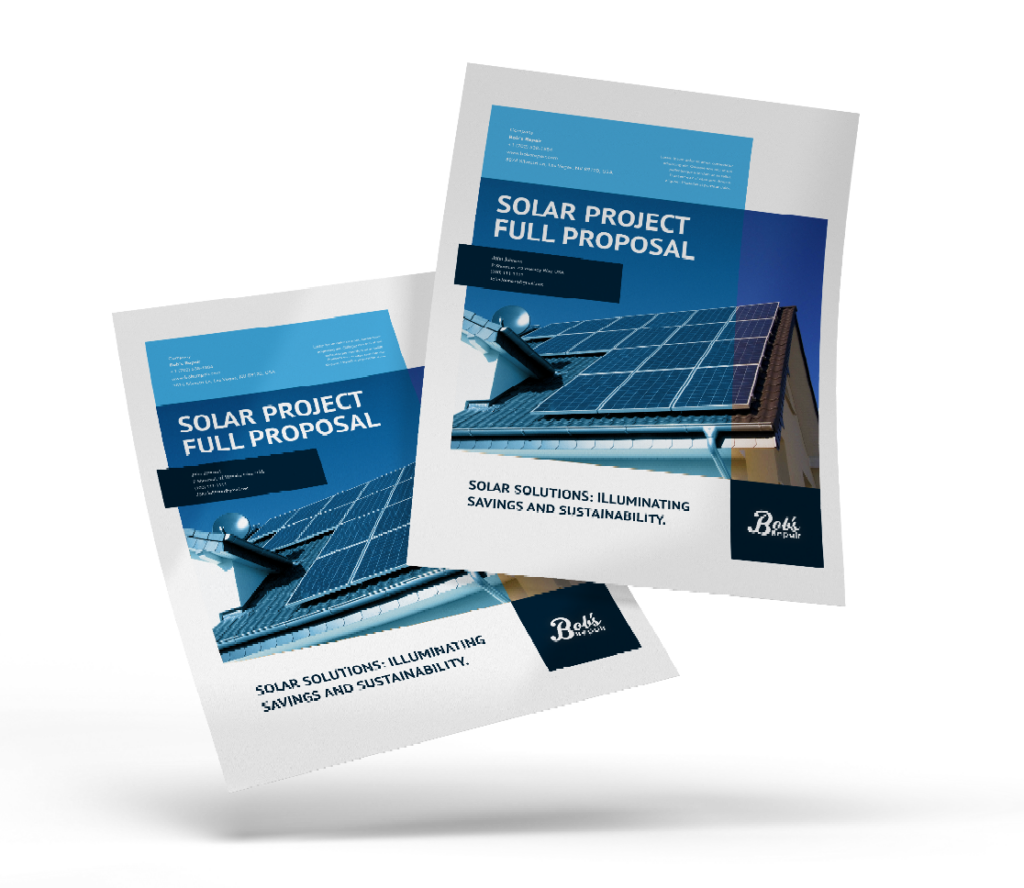As the world continues to shift towards renewable energy sources, many Tesla owners are turning to solar power as a sustainable and cost-effective way to charge their vehicles. Solar panels can harness the sun’s energy, converting it into electricity that can power your Tesla.
But, how many solar panels are required to charge a Tesla? This comprehensive guide will delve into the specifics of using solar energy for home charging, the role of the Tesla battery in this process, and the factors determining the number of solar panels you’ll need for your home charging station. Whether you aim to charge a Tesla Model 3 or another model, this guide offers the insights you need to make an informed decision.
Can You Charge a Tesla with Solar Panels?
You can charge a Tesla and any other electric vehicle (EV) with solar power. Solar energy is a clean, renewable source of power that can help you reduce your carbon footprint and save money on electricity costs. Charging your Tesla with solar panels is a practical and sustainable solution that more and more Tesla owners are adopting.
The number of solar panels needed to charge a Tesla depends mainly on the model of the Tesla and its battery size.
For instance, a Tesla Model S with a larger battery will require more solar energy than a Model 3. The Tesla Powerwall, a home battery system designed to store solar energy for later use, can also influence the number of panels needed. Understanding your Tesla’s energy needs is the first step in determining the proper solar setup for your electric car.
How Do You Charge a Tesla with Solar?
Charging a Tesla with solar power involves a few key components:
- solar panels,
- a solar charge controller,
- an energy storage system,
- an inverter,
- an EV charging station.
The solar panels generate electricity, the charge controller manages the power flow, the energy storage system stores excess power, and the inverter converts the power into a form that the EV charging station can use.
You can also use a Tesla Powerwall 2, a solar energy storage solution, to store excess solar power generated during the day for use at night or during power outages. This can be particularly useful if you want to charge your Tesla or any other electric vehicle overnight. The Powerwall 2 can be connected to your home’s electrical system and EV charging station, providing a seamless experience for charging your Tesla with solar power.
How Many Solar Panels Do You Need to Charge a Tesla?
The number of solar panels needed to charge a Tesla depends on several factors, including:
- the battery size of your Tesla,
- how much you drive,
- the efficiency of your solar panels,
- where your home is located.
It takes between 5 to 15 solar panels to charge a Tesla. However, this number can vary based on the factors mentioned above.
To determine how many solar panels it takes to charge your Tesla, you’ll need to consider your daily driving habits and the energy efficiency of your Tesla model. You’ll also need to consider the efficiency of your solar panels, which is determined by factors such as the type of solar cell used and the amount of sunlight your location receives.
How Much Energy Does It Take to Charge a Tesla?
The energy required to charge a Tesla depends on the model and battery size.
For instance, a Tesla Model S with a 100 kWh battery will require more energy to charge than a Tesla Model 3 with a 50 kWh battery. The average energy consumption of a Tesla is around 20 kWh per 100 miles driven.
If you’re using solar panels to charge your Tesla, you’ll need to generate enough solar energy to meet these energy requirements. This is where the efficiency of your solar panels comes into play. High-efficiency solar panels can generate more electricity and, therefore, can charge your Tesla faster. A solar charger can also manage the charging process and ensure your Tesla’s battery is charged efficiently and safely.
How Long Does It Take to Charge a Tesla with Solar Panels?
The charging time for a Tesla using solar panels is the same as using a regular charger if the solar panel array is correctly sized. A Tesla can be fully charged within a day with a home charger. However, the exact time can vary based on the power output of your solar panel system and the capacity of your Tesla battery.
When charging Tesla with solar panels, the charging time can also depend on the sunlight your solar panels receive. On a sunny day, your solar panels can generate more electricity, reducing the charging time. However, it might take longer to charge your Tesla on a cloudy day or during winter when the days are shorter.
Cost of Charging a Tesla with Solar Panels
The cost of charging a Tesla with solar panels can vary based on the size and efficiency of your solar panel system and the cost of solar panels in your area. On average, the cost of a solar panel system capable of charging a Tesla can range from $10,000 to $20,000, not including potential savings from federal tax credits and local incentives.
While the upfront cost of installing a solar panel system can be high, long-term savings can be significant. By charging your car with solar energy, you can save on electricity costs and reduce your dependence on the grid. Plus, with the right number of panels, you can generate enough electricity to charge your Tesla and power your home.
How Many Solar Panels to Charge a Tesla? Summary
Charging your Tesla with solar panels is a sustainable and cost-effective solution that allows you to harness the sun’s power. While the upfront cost can be significant, the long-term savings on electricity costs and the environmental benefits make it a worthwhile investment. With the right number of solar panels, you can keep your Tesla charged and ready to go while reducing your carbon footprint.
In conclusion, the number of solar panels you need to charge a Tesla can vary based on several factors, including the model of your Tesla, the efficiency of your solar panels, and your driving habits. By understanding these factors and investing in a high-quality solar energy system, you can take advantage of the sun’s power to charge your Tesla and contribute to a more sustainable future.



